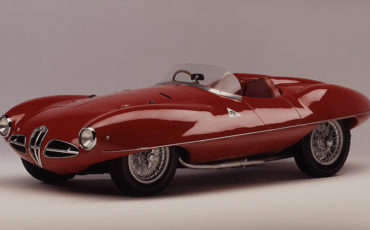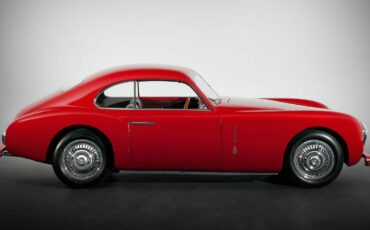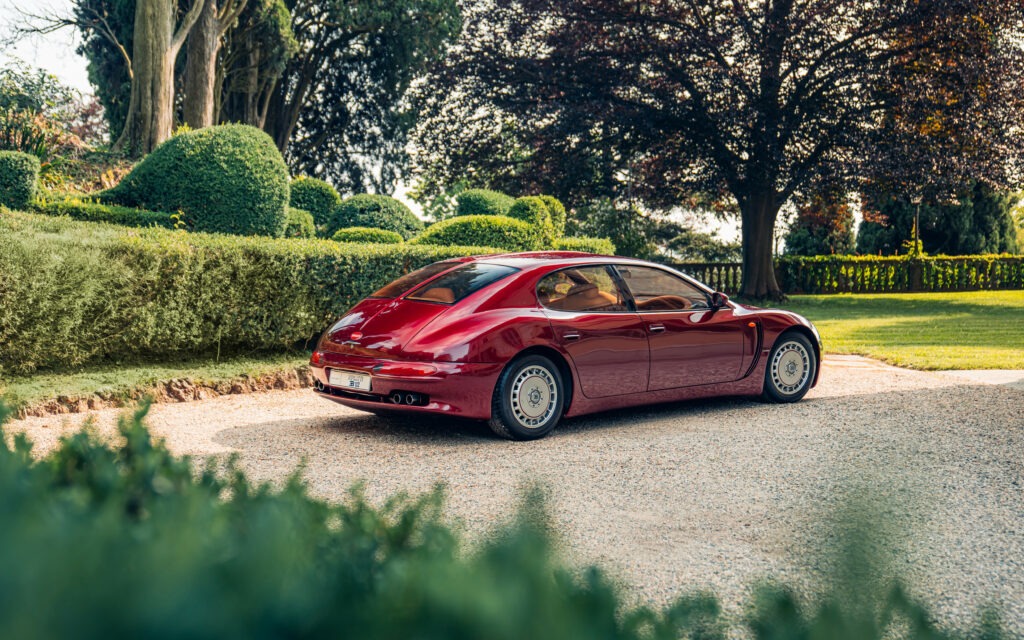
When the Bugatti EB112 was unveiled at the Geneva Motor Show in 1993, its design and engineering caused quite a stir. It managed to establish a brand new segment for ultra-luxurious Grand Tourisme vehicles, showcasing Bugatti’s unrivaled heritage and commitment to innovative technologies. Moreover, the EB112 successfully revolutionized the concept of a saloon car.
The origin of the Bugatti EB112
After, Bugatti had unveiled the EB110, for which Italdesign had also competed for the commission with the ID90 concept, during the Turin motor show, Giugiaro asked Artioli if he could have a chassis to create a car for his own purposes-to attract customers.
The EB112 made its debut at the 1993 Geneva Motor Show, captivating the audience with its remarkable presence. A significant announcement was made, stating that production of this extraordinary vehicle would commence in 1995, with an anticipated output of approximately 300 units annually.
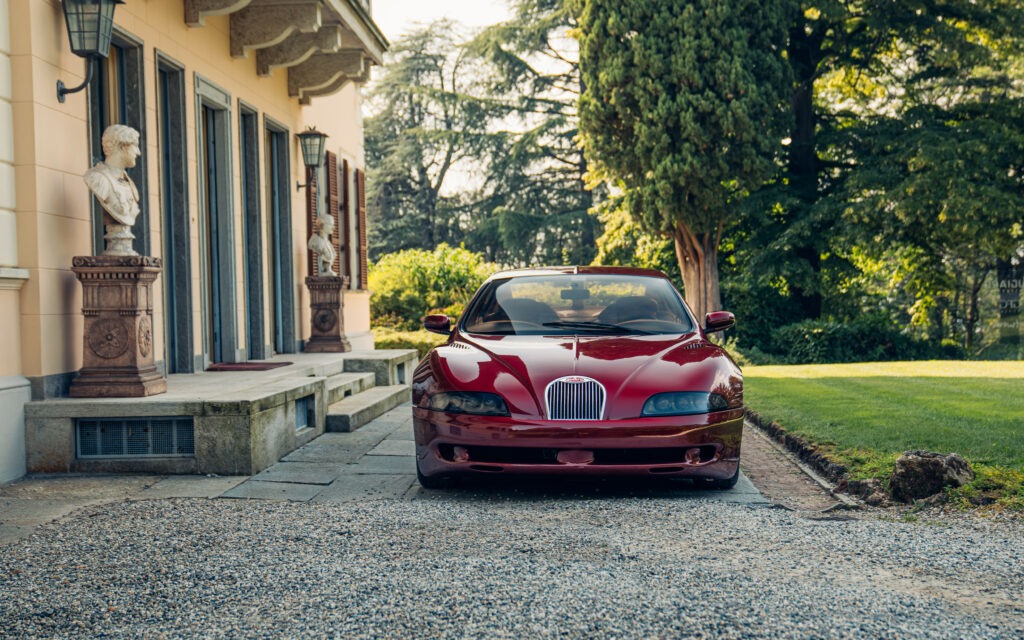
But in that very year, Bugatti SpA fell into bankruptcy, a fact that decreed the end of every dream and project of Romano Artioli, the architect of the company’s short-lived rebirth. At the time it closed its doors, pre-series production had just begun and four examples were still incomplete. Gildo Pallanca Pastor, owner of the small French manufacturer Venturi, purchased these examples with the aim of making two complete ones, examples that were completed in 2001. These, together with the Geneva prototype, are the only representatives of the EB112.
A visionary design
Giorgetto Giugiaro continues to shower the EB112 with utmost admiration to this day. According to him, the Bugatti EB112 incorporated several nostalgic design elements inspired by the iconic models of the renowned French brand from the late 1930s. However, it presented these features in a car that showcased innovative mechanics. The EB112 can be considered a visionary vehicle, as it paved the way for the high-performance fastback models we are familiar with today. It seamlessly merged cutting-edge design with advanced technological and engineering characteristics that were significantly ahead of its era.
Giugiaro’s design has been widely acclaimed as a significant accomplishment, receiving praise from numerous critics who consider it the most exquisite sedan ever crafted and a true embodiment of Bugatti’s excellence, seamlessly combining performance and luxury.
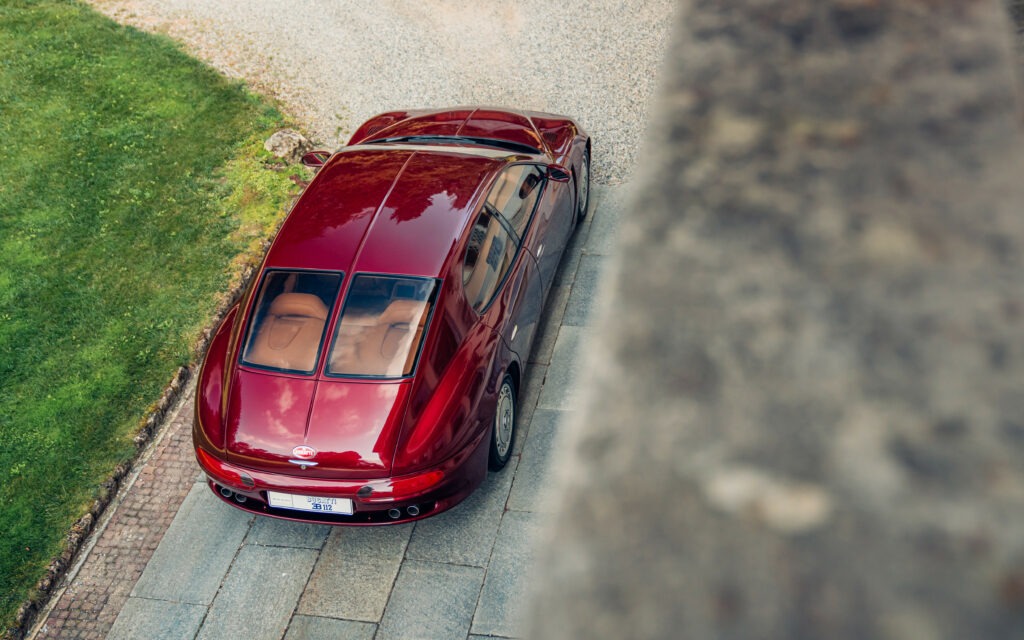
The visionary touch of the EB112’s flowing aesthetic has been proven. As a genuine precursor to Bugatti’s current philosophy of ‘form follows performance’, the EB112 successfully merged a bold and sophisticated aesthetic with impressive technical prowess. This led to the creation of a high-performance Berline car with exceptional aerodynamic capabilities. In numerous aspects, the EB112 is now regarded as a spiritual predecessor to both the Veyron and Chiron models.
The EB112 showcases an exquisite aesthetic approach that embodies Bugatti’s renowned design DNA. Positioned at the forefront, it sets the stage for the grille arrangement seen in the Veyron a decade later. Additionally, the longitudinal rib extending from the bonnet, over the roof, and through the rear window pays homage to the stylistic elements of the Bugatti Type 57 SC Atlantic. This design feature was subtly recreated in both the Veyron and the Chiron.
Tecnical specifications
The EB112 possessed a captivating and enduring charm, while also introducing a groundbreaking revolution. Its all-aluminum body, coupled with a carbon fiber monocoque derived from the advanced EB110 super sports car, showcased a remarkable fusion of elegance and innovation. This pioneering body and chassis technology not only set new standards in the sports car segment in 1993 but also marked a significant milestone in the realm of saloon cars.
The world premiere at Geneva was the highlight of the event. Meticulously crafted over several months leading up to the prestigious Swiss exhibition, the EB112 gracefully made its way to the display area using its own propulsion. The powertrain itself was revolutionary, featuring a remarkable 60-valve (five per cylinder) 6.0-liter (5994cc) V12 engine coupled with a six-speed manual transmission and an advanced four-wheel drive system.
The V12 engine, without any forced induction, generated 460 horsepower at 6,300 revolutions per minute. Its maximum torque of 590 Newton meters was accessible from as low as 3,000 revolutions per minute, enabling the possibility of achieving exceptional performance surpassing that of other high-performance sedans of its time. The EB112 had a maximum speed of 300 kilometers per hour (186 miles per hour) and could accelerate from 0 to 100 kilometers per hour (62 miles per hour) in a mere 4.3 seconds.
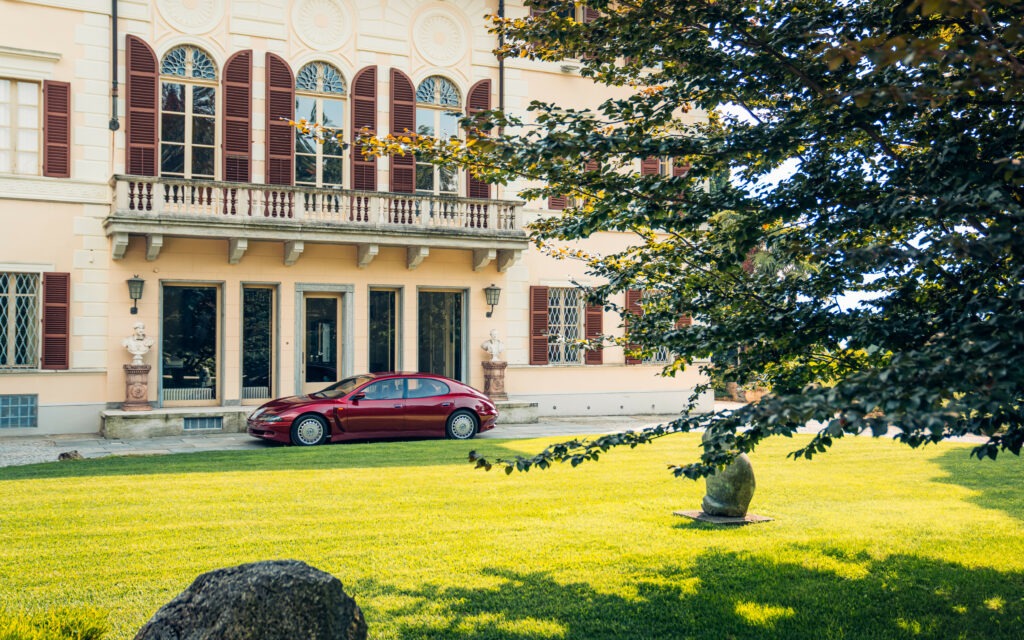
The EB112 featured an upgraded version of the advanced four-wheel drive system found in the EB110. In this model, the torque distribution was optimized with 38% going to the front wheels and 62% to the rear wheels. This ensured exceptional performance and stability in any driving conditions. Additionally, the engineers at Bugatti strategically positioned the powerful V12 engine towards the rear, between the axles, in a front mid-mounted configuration. This not only improved the car’s weight distribution but also contributed to its crash safety performance, making it a well-rounded technical specification.
Luigi Galli, Bugatti’s Specialist Heritage and Certification, described the Bugatti EB112 as a true trailblazer, a visionary that foreshadowed the revolutionary transformation of the sedan segment in the automotive industry. In 1993, this car introduced a completely new category for Berline Coupé vehicles. Prior to its arrival, there was a lack of high-performance sedans that embodied the remarkable attributes showcased by the EB112, combining forward-thinking design with exceptional power and opulent luxury. Over time, it has become an iconic milestone in Bugatti’s illustrious automotive legacy.
Bugatti’s unparalleled EB112 sedan in 1993 exemplified Bugatti’s unwavering commitment to pushing boundaries, advancing technology, and establishing entirely new automotive standards, all while staying true to its core principles that define the Bugatti brand. Giorgetto Giugiaro, renowned for his visionary design and aesthetic prowess, also played a pivotal role in the brand’s revival in 1998 with the introduction of the Bugatti EB118, a two-door coupe concept car, and its four-door counterpart, the Bugatti EB218. As the brand enters a new era under the leadership of Mate Rimac, models like the iconic EB112 and visionary creations like Giugiaro’s will undoubtedly continue to serve as a source of inspiration.

